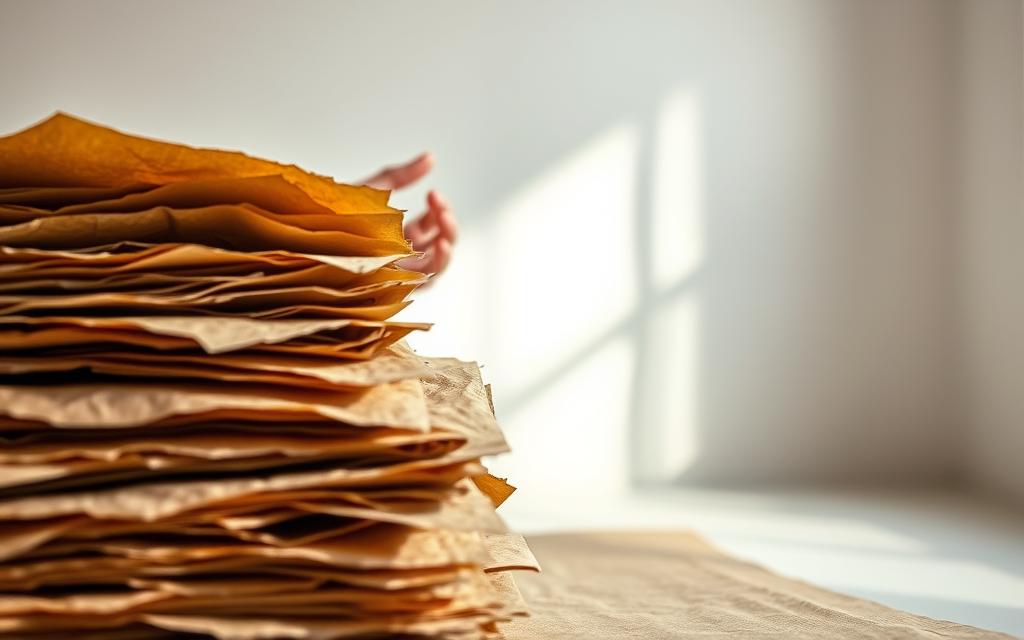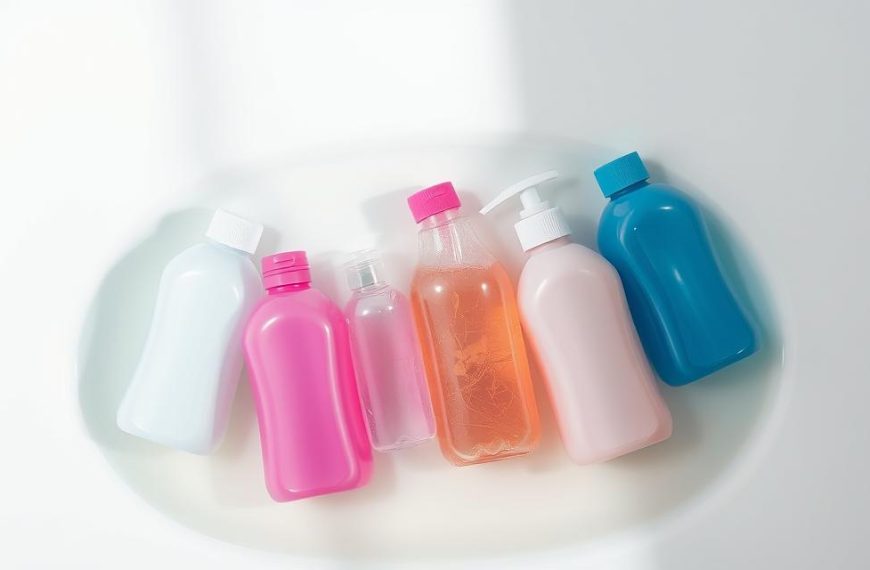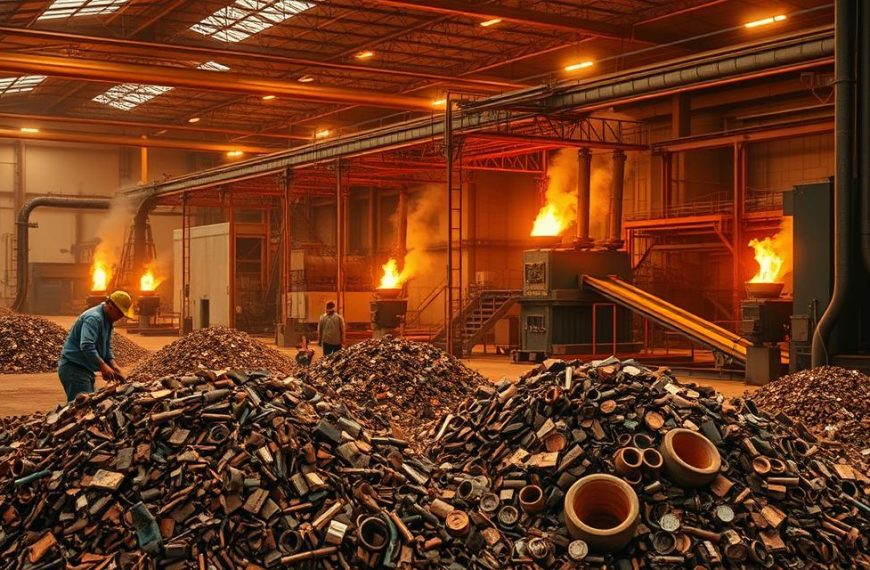Paper and paper-based packaging are among the most recycled materials in the U.S. With a recycling rate of 63%, these products play a vital role in sustainable practices. Proper disposal helps preserve natural resources and reduces landfill waste.
Eco-conscious consumers often seek practical solutions for managing post-move cleanup. Creative reuse ideas can extend the life of paper-based items, while avoiding common recycling mistakes ensures efficiency.
This article explores how to handle paper responsibly, offering tips for both recycling and repurposing. By focusing on sustainable habits, individuals can contribute to a healthier planet.
Can You Recycle Packing Paper?
Not all paper products are created equal when it comes to recycling. The type of material, ink, and coatings used can determine whether it’s suitable for recycling. Simple brown or white paper recyclable options are often fully compatible with recycling systems.
Understanding the Recyclability of Packing Paper
Plain, uncoated paper is the most eco-friendly choice. However, glossy or metallic finishes can make it non-recyclable. Soy-based inks are preferable, while metallic inks can contaminate recycling streams. Always check local guidelines to ensure proper disposal.
Types of Packing Paper That Can Be Recycled
Certain materials are more likely to be accepted by recycling facilities. Kraft paper, butcher paper, and unprinted tissue are excellent examples. On the other hand, plastic-coated papers or those with adhesive labels often cause issues.
| Recyclable Types | Non-Recyclable Types |
|---|---|
| Kraft paper | Glittery wrapping paper |
| Butcher paper | Plastic-coated paper |
| Unprinted tissue | Metallic inks |
According to EPA guidelines, separating recyclable and non-recyclable products is crucial for efficient waste management. By making informed choices, individuals can contribute to a more sustainable future.
How to Recycle Packing Paper Correctly
Efficient waste management starts with understanding local guidelines. Proper preparation ensures materials are processed effectively, reducing contamination in recycling streams. With 66% of Americans having access to curbside paper recycling, following the right steps is essential.
Step-by-Step Guide to Recycling Packing Paper
Begin by removing any tapes or adhesives from the sheets. Flatten the materials to save space in the bin. Sorting by type, such as separating plain paper from glossy or metallic finishes, helps recycling centers process items efficiently.
- Remove tapes and labels.
- Flatten sheets to maximize bin space.
- Sort materials by type for easier processing.
Local Recycling Guidelines in the United States
Recycling rules vary by region. For example, California has stricter regulations compared to Texas. Shredded paper often requires special handling, such as being placed in a sealed bag. Always check with your local center for specific instructions.
“Proper sorting and preparation are key to effective recycling.”
Single-stream systems allow all recyclables to be placed in one bin, while source-separated systems require sorting by material type. Use the EPA’s Recycle Locator Tool to find nearby facilities and guidelines. Avoid “wishcycling,” where non-recyclable items are placed in the bin, as this can contaminate entire batches.
For more detailed information on sustainable practices, visit this resource.
Creative Ways to Reuse Packing Paper
Finding new purposes for packing materials can reduce waste and spark creativity. With a 72% reuse rate in craft projects, these items offer endless possibilities. From household organization to kids’ activities, here are some innovative ideas to extend their life.
Around the House: Practical Uses for Packing Paper
Plain sheets are perfect for home organization. Use them as drawer liners to protect surfaces or as shelf protectors to prevent scratches. For shoes, shape them into inserts to maintain form during storage.
During the holidays, wrap delicate decorations in these sheets to prevent breakage. They also work well as cushioning for fragile items in storage boxes.
Gardening and DIY Projects with Packing Paper
In the garden, this material serves multiple purposes. Create seedling pots by folding sheets into small containers. As compost, it breaks down easily, enriching the soil. For weed control, use it as mulch—studies show it reduces weed growth by 85%.
DIY enthusiasts can use it for papier-mâché projects or as a protective layer during painting tasks. Its versatility makes it a valuable addition to any toolkit.
Entertaining Kids with Packing Paper Art Projects
Kids love creative activities, and these sheets are perfect for art projects. Use them as a mural canvas for large-scale drawings or as a base for homemade wrapping paper. For a fun craft, try papier-mâché to create unique sculptures.
Even pets can benefit—line bird cages or use it as hamster bedding. The possibilities are endless, making it a sustainable and budget-friendly option for families.
Sustainable Packaging Solutions
Sustainable packaging is transforming the way businesses and consumers approach environmental responsibility. By adopting eco-friendly alternatives, companies can reduce their carbon footprint and meet growing consumer demand for greener options.
Eco-Friendly Alternatives to Traditional Packing Materials
Traditional materials like plastic and Styrofoam are being replaced with innovative, biodegradable options. Corn starch peanuts, for example, dissolve in water, making them a zero-waste solution. Gummed paper tape increases the recyclability of boxes by 100%, ensuring they can be reused or processed efficiently.
Kraft mailers are another excellent choice, offering durability without the environmental impact of poly mailers. For businesses, FSC-certified paper products ensure that materials are sourced responsibly.
How to Choose Recyclable Packaging for Your Needs
Selecting the right packaging involves evaluating material sustainability and recycling codes. LDPE and PET plastics have different recycling processes, with PET being more widely accepted. For bulk orders, corporate purchasing guidelines can help streamline the process while maintaining eco-friendly standards.
Companies like Bizongo offer comprehensive eco-packaging solutions, making it easier for businesses to transition to sustainable practices. By prioritizing recyclable options, organizations can align with global sustainability goals.
| Material | Sustainability Features | Recycling Compatibility |
|---|---|---|
| Kraft Mailers | Biodegradable, durable | Fully recyclable |
| Corn Starch Peanuts | Dissolves in water | Zero-waste |
| Gummed Paper Tape | Increases box recyclability | 100% recyclable |
By integrating these alternatives into their operations, businesses can contribute to a more sustainable future while meeting consumer expectations.
Common Mistakes to Avoid When Recycling Packing Paper
Recycling efforts often fail due to avoidable errors, leading to significant waste. Contamination is a major issue, with 25% of materials being rejected. Understanding these pitfalls ensures efficient processing and reduces environmental impact.
Contaminants That Can Ruin Recycling Efforts
Certain items can render entire batches unusable. Food residue, plastic films, and silicone coatings are top offenders. Metallic inks and adhesive labels also cause problems, as they disrupt the recycling process.
Plastic tape, for instance, makes 40% of paper unrecyclable. Proper deconstruction techniques, such as removing tapes and labels, are essential. Always check local guidelines to avoid these common mistakes.
How to Properly Prepare Packing Paper for Recycling
Preparation is key to successful recycling. Start by flattening sheets to save space in the bin. Separate composite materials, such as those with plastic coatings, to prevent contamination.
- Store items in a dry area to avoid moisture damage.
- Follow local vs. national program differences for correct disposal.
- Use proper methods for mixed-material packaging.
“Effective recycling starts with proper preparation and awareness of local guidelines.”
By taking these steps, individuals can contribute to a cleaner, more sustainable future. Avoiding common errors ensures that materials are processed efficiently, reducing waste and conserving resources.
Conclusion
Every small effort contributes to a greener future. Paper is a versatile material that can be recycled up to seven times, making it a sustainable option for everyday use. Proper disposal not only conserves resources but also reduces landfill waste, benefiting both the economy and the environment.
Before recycling, consider reusing packaging materials creatively. Simple steps like flattening sheets and removing adhesives ensure efficient processing. For those moving, many companies offer hotlines to assist with box recycling, making the process even easier.
By adopting these practices, individuals can make a significant impact. Sustainable choices today pave the way for a healthier planet tomorrow. Start small, stay informed, and take action for a brighter, eco-friendly future.


















